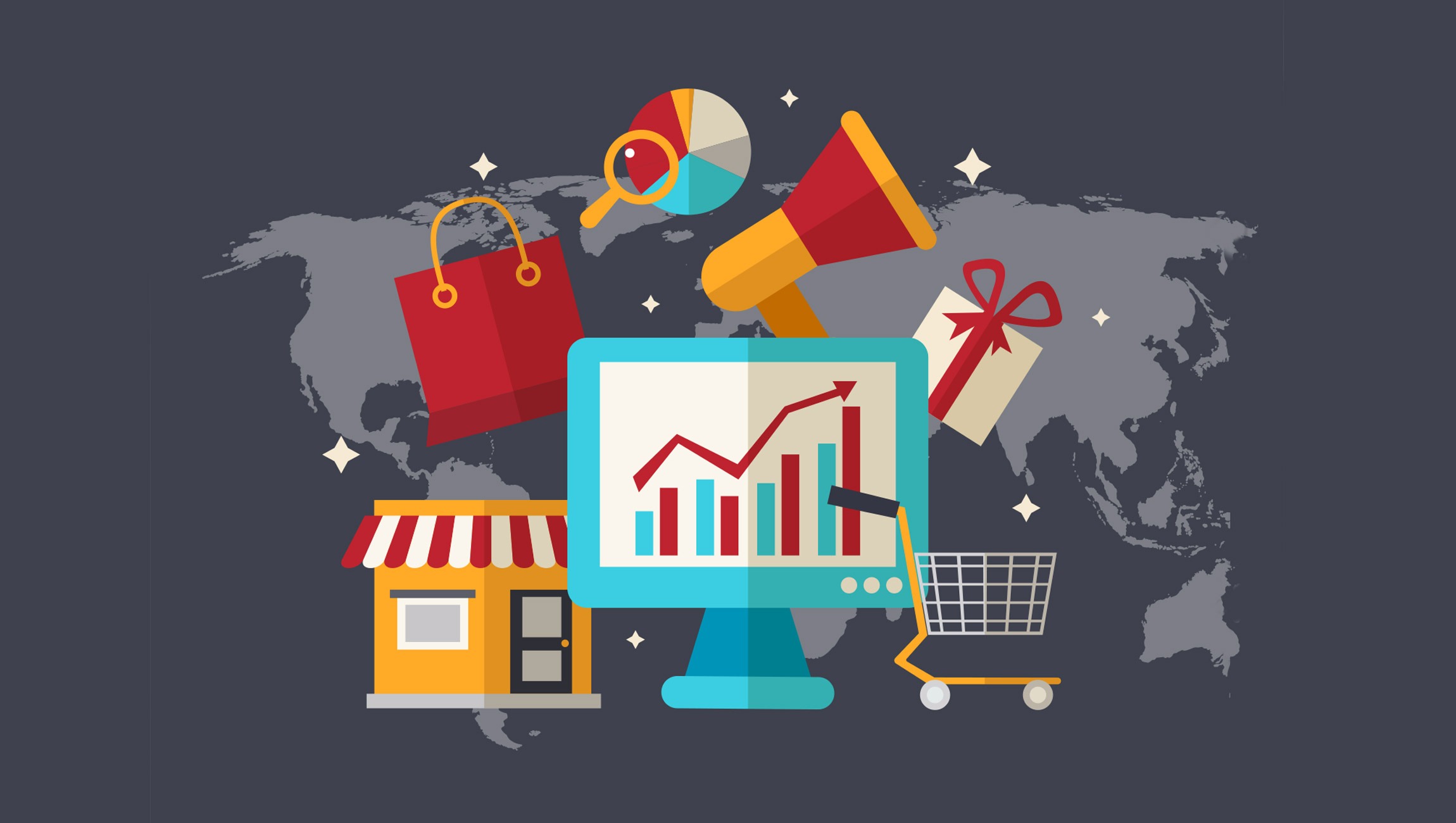What Can Help Drive In-Store Sales and Marketing Success?

The world of online shopping is thriving. With countless orders to be served day in and day out, many of us have started believing that shopping in-store is no longer effective. While online shopping is convenient, cost-effective, and quick, it still lacks the personal touch.
Some people prefer to go for in-store shopping where they can establish human connection. Typically, the older generations believe in physical shopping than millennials and Gen Z, who are more drawn towards digital shopping due to the increased screen time.
For well-established retailers, the challenges lie in managing and catering to all age groups. The key lies in using a combination of strategies for in-store shoppers and tech-savvy young generations.
We have spoken a lot about driving online sales, and thus, we want to focus more on strategies that help drive in-store sales and marketing. Let’s check them here.
1. Personalization with Geo-targeted notifications
Using personalized location-based marketing, brands can send notifications to shoppers’ phones the moment they come within the vicinity of a store. It creates a sense of personalization and customers feel that the brand acknowledges their presence. Additionally, brands can offer exclusive deals or promotions to entice the consumers to stop by and check out the products.
For instance, a clothing store owner can send a notification to its customers passing by the store a 10% off on their next purchase if they visit the store within an hour. Hence, the chances of sales increase.
2. Unforgettable Immersive In-store Experiences
Big-shot retail brands, like Gucci, Nike, etc. have already mastered the art of offering immersive in-store experiences. Every brand can think of these lines to create memorable experiences for the customers that remain etched in their minds. Interactive displays, workshops, or events can offer shoppers a hands-on experience to engage with the products better. For instance, a store like IKEA creates a mock living room where its consumers can test how a piece of furniture would look in a home setting.
3. Personalized Recommendations Using Data Analytics
Data is a gold mine to success for brands. The key lies in leveraging the power of data by extracting insights through data analytics. The insights from customers’ data help brands to track customer purchase history, preferences, and location. One can also offer tailor-made product recommendations based on the previous purchase of a consumer.
A simple example could of a bookstore that can send notifications to a customer who frequents the store for buying books on a particular genre.
Read More: SalesTechStar Interview with Dan Mitzner, CMO at Zenarate
4. Breathing Life into a Product with Augmented Reality
We already talked about creating immersive in-store experiences. Going a step further, brands can pool in augmented reality to breathe life into a lifeless product. It will help brands to change the perspective of their customers towards a product. For instance, shoppers can scan an AR code and experience using the product in hand through a virtual lens. 3D visualization is interactive and it helps a customer make a decision easily.
For instance, a brand like Maybelline can use AR so that customers can apply make-up virtually and experiment with different lip shades to see which one suits them the best. Such features are already active on various e-commerce apps, such as Nykaa.
5. Harnessing social media
As a retail brand with many physical stores across the city, one should harness the power of social media. Techniques like location-based in-store marketing campaigns can easily help to reach out to a wider audience. At the same time, user-generated content can build brand awareness and loyalty.
6. Using Indoor Maps to Enhance In-store Visits
Interactive store maps are quite a thing in the market. Shoppers who are reaching out to shop physically demand a seamless and hassle-free shopping experience. Stores can use digital maps to display a comprehensive store layout and surroundings that help customers easily locate products and familiarize themselves with the store.
For instance, a departmental store can use interactive indoor maps to help customers find specific products and offer real-time updates on product availability.
Implementing the In-store Marketing Strategy – The Road Ahead
Every consumer craves for a convenient, hassle-free, and smooth buying experience. You create an interactive buying journey without hiccups for your consumers, and they will be loyal to your brand. Retailers must integrate effective omni-channel strategies, online and offline, to drive in-store traffic.
Retailers must also adapt to the ever-changing markets by ramping up their digital presence through various digital techniques, such as emails, SMS, and so on.
While in-store immersive experiences work in driving more sales, digital advertising also acts as a linchpin to the success of in-store marketing and sales campaigns. We must seamlessly integrate online and offline experiences, create anticipation, and deliver personalized messages to drive footfall to our physical outlets.



